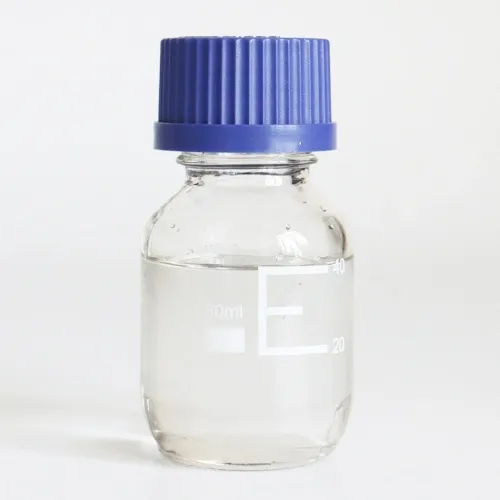Warning: Undefined array key "title" in /home/www/wwwroot/HTML/www.exportstart.com/wp-content/themes/1198/header.php on line 6
Warning: Undefined array key "file" in /home/www/wwwroot/HTML/www.exportstart.com/wp-content/themes/1198/header.php on line 7
Warning: Undefined array key "title" in /home/www/wwwroot/HTML/www.exportstart.com/wp-content/themes/1198/header.php on line 7
Warning: Undefined array key "title" in /home/www/wwwroot/HTML/www.exportstart.com/wp-content/themes/1198/header.php on line 7
- Afrikaans
- Albanian
- Amharic
- Arabic
- Armenian
- Azerbaijani
- Basque
- Belarusian
- Bengali
- Bosnian
- Bulgarian
- Catalan
- Cebuano
- China
- China (Taiwan)
- Corsican
- Croatian
- Czech
- Danish
- Dutch
- English
- Esperanto
- Estonian
- Finnish
- French
- Frisian
- Galician
- Georgian
- German
- Greek
- Gujarati
- Haitian Creole
- hausa
- hawaiian
- Hebrew
- Hindi
- Miao
- Hungarian
- Icelandic
- igbo
- Indonesian
- irish
- Italian
- Japanese
- Javanese
- Kannada
- kazakh
- Khmer
- Rwandese
- Korean
- Kurdish
- Kyrgyz
- Lao
- Latin
- Latvian
- Lithuanian
- Luxembourgish
- Macedonian
- Malgashi
- Malay
- Malayalam
- Maltese
- Maori
- Marathi
- Mongolian
- Myanmar
- Nepali
- Norwegian
- Norwegian
- Occitan
- Pashto
- Persian
- Polish
- Portuguese
- Punjabi
- Romanian
- Russian
- Samoan
- Scottish Gaelic
- Serbian
- Sesotho
- Shona
- Sindhi
- Sinhala
- Slovak
- Slovenian
- Somali
- Spanish
- Sundanese
- Swahili
- Swedish
- Tagalog
- Tajik
- Tamil
- Tatar
- Telugu
- Thai
- Turkish
- Turkmen
- Ukrainian
- Urdu
- Uighur
- Uzbek
- Vietnamese
- Welsh
- Bantu
- Yiddish
- Yoruba
- Zulu
آگوست . 12, 2024 09:36 Back to list
Exploring the Properties and Applications of Propylene Glycol in Modern Chemistry and Industry
Understanding Propylene Glycol A Versatile Compound in Chemistry
Propylene glycol, a compound with the chemical formula C3H8O2, is a colorless, odorless, and tasteless liquid that is hygroscopic in nature, meaning it can absorb moisture from the environment. It is widely utilized in various industries due to its unique properties, making it a significant subject of study for chemists and industrial professionals alike.
Chemically, propylene glycol is classified as a diol, and it is derived from petroleum products through a hydrolysis process of propylene oxide. This compound has gained immense popularity in the food, pharmaceutical, and cosmetic industries due to its safety profile and versatility. It is Generally Recognized as Safe (GRAS) by the U.S. Food and Drug Administration (FDA), enabling its use in food products as a humectant, solvent, and preservative.
Understanding Propylene Glycol A Versatile Compound in Chemistry
In addition to food, propylene glycol plays a crucial role in the pharmaceutical industry. It is commonly used as a solvent for oral, injectable, and topical drug formulations. Its ability to dissolve both hydrophilic and lipophilic substances makes it ideal for delivering a wide range of medications. Furthermore, propylene glycol is used in antifreeze products and de-icing solutions, as it lowers the freezing point of water and prevents ice formation in various applications.
propylene glycol chemist

Another important aspect of propylene glycol is its use in personal care products. Many cosmetic formulations, such as lotions, shampoos, and creams, incorporate this compound due to its moisturizing properties. It helps to maintain skin hydration and elasticity, making it a popular ingredient in skin care formulations. Additionally, it acts as a preservative, extending the shelf life of these products.
Despite its wide-ranging applications, propylene glycol is not without its controversies. While it is generally recognized as safe, there are occasional discussions regarding its potential side effects. Some individuals may experience skin irritation or allergic reactions, particularly when used in high concentrations. Therefore, it is essential for manufacturers to adhere to safe usage guidelines and for consumers to be aware of potential sensitivities.
From a chemist's perspective, the synthesis and applications of propylene glycol demonstrate the intersection of chemistry and practical utility. Its production process, involving the transformation of simple petroleum-based materials into a multifunctional compound, exemplifies how chemistry can contribute to various fields. Furthermore, ongoing research continues to explore new applications and improvements in the production methods of propylene glycol, aligning with sustainability and environmental considerations.
In conclusion, propylene glycol stands out as a remarkable example of a versatile chemical that has found its way into numerous essential products we use daily. Its safety, efficacy, and multifunctionality make it an invaluable asset across various industries, ranging from food and pharmaceuticals to cosmetics. As chemists and researchers continue to explore its potential, propylene glycol's role in both everyday life and industrial applications will likely expand, cementing its place as a key player in modern chemistry.
Latest news
-
Certifications for Vegetarian and Xanthan Gum Vegetarian
NewsJun.17,2025
-
Sustainability Trends Reshaping the SLES N70 Market
NewsJun.17,2025
-
Propylene Glycol Use in Vaccines: Balancing Function and Perception
NewsJun.17,2025
-
Petroleum Jelly in Skincare: Balancing Benefits and Backlash
NewsJun.17,2025
-
Energy Price Volatility and Ripple Effect on Caprolactam Markets
NewsJun.17,2025
-
Spectroscopic Techniques for Adipic Acid Molecular Weight
NewsJun.17,2025

